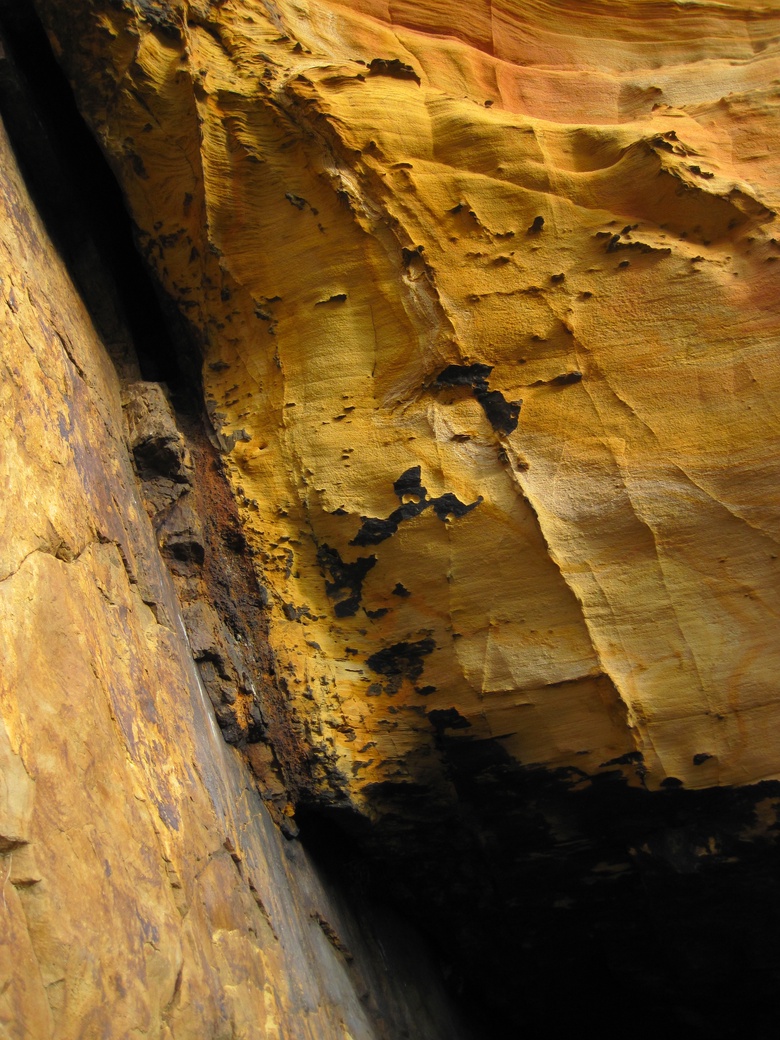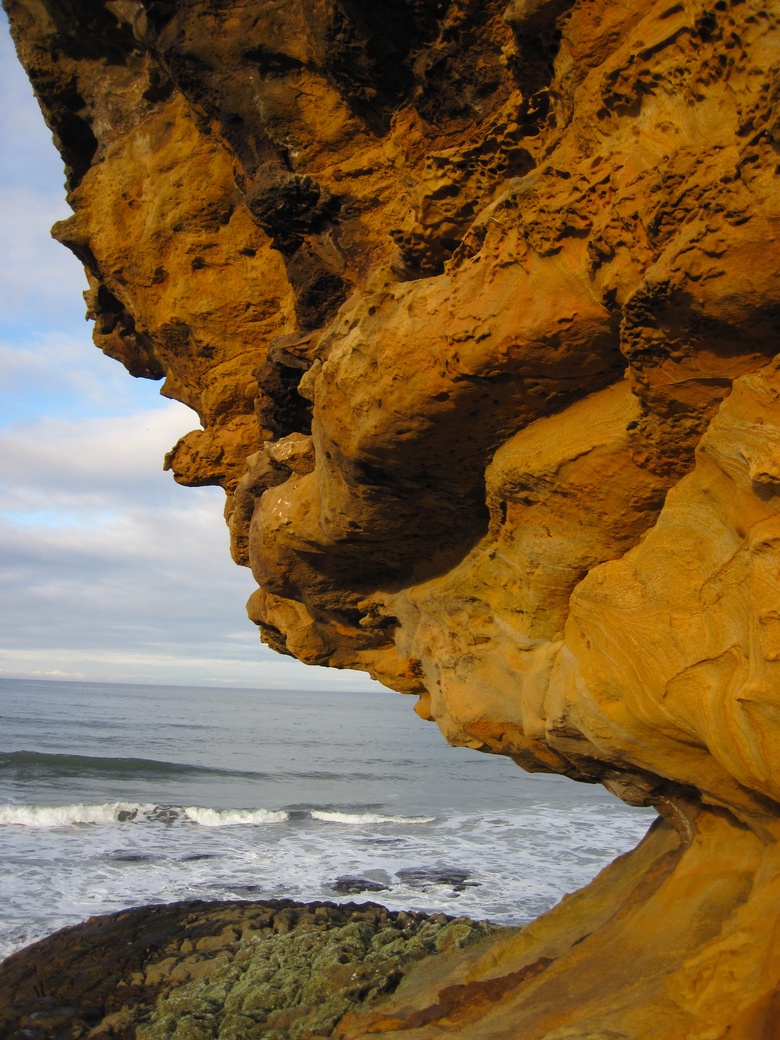Each session will host a number of speakers involved in live projects, offering attendees a unique opportunity to learn about current developments and innovation to the area of offshore geologic CO2 storage.
Wednesday 13th September
| 09.30 | Session 1- Welcome & scene setting | |
| 10.00 |
Session 2 - International projects roundup Chair - Tim Dixon, IEAGHG & Clare Bond, University of Aberdeen |
|
| Acorn, UK | Iain Morrison, Storegga | |
| Prinos, Greece | Katrina Sardi, Energean | |
| Corpus Christi, USA | Tip Meckel, University of Texas | |
| Viking CCS, UK | Andrew Hood, Harbour Energy | |
| Pilot Strategy, Portugal | Helena Caeiro, University of Évora | |
| Northern Lights, Norway | Catalina Acuna, Northern Lights | |
| South Korea | Axel Lemus, CCUS | |
| Porthos, Netherlands | Kike Beintema, EBN | |
| Liverpool Bay CCS, UK & Ravenna CCUS project, Italy | Manotti Matteo, ENI | |
| Project Greensand, Denmark | Søren Reinhold Poulsen, INEOS | |
| Deep C Store, Australia | Daein Cha, Deep C Store | |
| 11.00 | Coffee Break | |
| 11.20 | International projects roundup | |
| Taiwan | Cheryl Yang - ITRI | |
| Poseidon, UK | Nick Terrell, Carbon Catalyst | |
| Gulf of Mexico, USA | Rahul Umrani, Talos Energy | |
| Petrobras, Brasil | Ana Paula Musse, Petrobras | |
| Pelican project, Australia | Jane Burton, CarbonNet | |
| Enping, China | Liwei Zhang, Chinese Academy of Science | |
| Timor Leste | Francelino Antonio Xavier, ANPM | |
| 11.55 | Discussion | |
| 12.25 | Lunch | |
| 13.15 |
Session 3 - Injection & wells Chair - Katherine Romanak, University of Texas at Austin |
|
| Capacity/pressure space – Gulf of Mexico | Alex Bump, University of Texas | |
| 100 sq miles question – is that the right size? | Tip Meckel, University of Texas | |
| Managing our well stock | Owain Tucker, Shell & Nicola Clarke, IEAGHG | |
| 14.00 | Discussion | |
| 14.30 | Comfort Break | |
| 14.45 |
Session 4 - Legal, regulatory & accounting Chair - Paulo Negrais Seabra |
|
| Delivering Carbon Storage on the UK Continental Shelf – The NSTA’s role in regulating and stewarding activity at pace and scale | Matthew Farris, North Sea Transition Authority | |
| Update from ISO WG3-27914 | Simon O'Brien, Shell | |
| Transport of CO2 for Offshore Storage under the London Protocol | Tim Dixon, IEAGHG | |
| Implications of the Net Zero Industry Act for CO2 storage development in the EU | Toby Lockwood, CATF | |
| Brazil case study – developing CCS regulations | Isabela Morbach, CCS Brasil | |
| 16.00 | Discussion | |
| 16.15 | Coffee Break | |
| 16.30 |
Session 5 - Interaction with other users of the seabed Chair - Lizzie Whiteley |
|
| Windfarms and hybrid uses | John Underhill, University of Aberdeen | |
| The role of CCS in an integrated energy system at the North Sea | Joris Koornneef, TNO | |
| 17.00 | Discussion | |
| 17.30 | Close | |
| 19.00 for 19.30 |
Conference Dinner Chester Hotel, Queen's Road, Aberdeen |
Thursday 14th September
| 09.00 |
Session 6 - Transport & infrastructure Chair – Owain Tucker |
|
| Development and operation of CCS pipeline network | Stefan Belfroid, TNO | |
| CO2 Shipping Developments | Ajay Edakkara, Shell | |
| Qualitative Well Integrity Risk Assessment for Carbon Storage in the Gulf of Mexico Depleted Fields | Brigitte Petras | |
| Practical Approaches to CO2 Subsurface Storage Risk Assessment | Andy Lidstone, Risktec | |
| 10.15 | Discussion | |
| 10.30 | Coffee Break | |
| 11.00 |
Session 7 - Stakeholder engagement Chair – Tim Dixon, IEAGHG |
|
| Stakeholder views on offshore monitoring in the Gulf of Mexico | Katherine Romanak, University of Texas at Austin | |
| Key determinants of public reactions to CCS in the UK: What shapes acceptance? | Darrick Evensen, University of Edinburgh | |
| Stakeholder Engagement and a Just Transition - What is required of CCS? | Tavis Potts, University of Aberdeen | |
| 12.10 | Discussion | |
| 12.45 | Lunch | |
| 13.30 | Session 8 - Monitoring | |
| Greensand Monitoring Research | Andreas Szabados, Wintershall DEA | |
| DAS at seabed for Passive Seismic Monitoring: Application to CO2 Storage | Estelle Rebel, Total Energies | |
| Acorn – Measurement, Monitoring and Verification Planning | Gwilym Lynn, Shell | |
| The Northern Lights CO2 transport and storage company: how we built a robust monitoring and response plan | Catalina Acuna, Northern Lights | |
| 14.30 | Discussion | |
| 15.00 | Coffee Break | |
| 15.30 | Session 9 - Environmental aspects | |
| DOE’s Stakeholder Engagement Efforts in the Wake of the U.S. Bipartisan Infrastructure Law’s $12 Billion Investment in Carbon Management | Mary-Ellen Kwong, US Department of Energy | |
| Environmental monitoring strategies developed through controlled release experiments | Marius Dewar, STEM-CCS | |
| Potential environmental impacts from offshore CO2 storage in the UK | Paul Wood, Shell | |
| Considerations for new seismic data acquisition supporting CCS in the Gulf of Mexico | Katherine Romanak | |
| Environmental monitoring of offshore carbon storage – experience from ACT4storage and outlook for Smart AUVs” | Ann Blomberg, NGI | |
| 16.45 | Discussion | |
| 17.00 | Summary & Recommendations | |
| Tim Dixon, Katherine Romanak, Nikki Clarke | ||
| 17.30 | Workshop Close | |
Friday 15th September - Please note this has now been cancelled
Fieldtrip to Hopeman - Moray
Departure from the University of Aberdeen - 9am
Estimated return to the University of Aberdeen - 5pm
The field trip visits Permo-Triassic aeolian sandstones that crop out on the Moray Coast. These are onshore analogues for potential sub-surface CO2 storage sites in the offshore. The fieldtrip provides opportunity to discuss many aspects of geological storage including injectivity, storage reservoir compartmentalisation and fault seal; whilst looking across the Inner Moray Firth and enjoying Scotland’s spectacular Moray Coast.
Excellent sedimentary structures can be seen along the coast at Burghead and Cummingston. The sandstones are also cut by spectacular deformation bands and show evidence of fluid rock interaction and reduction of porosity through cementation. At Clashach Cove just to the East of Hopeman the Clashach fault and associated deformation bands are seen in cross-section.
The locality is one of the UKs 100 Great Geosite https://www.geolsoc.org.uk/GeositesClashachMoray
A packed lunch will be provided.
Clothing suitable for a Scottish field trip is required – good shoes/boots, rain jacket and warm clothes, sunscreen and sunglasses (if we’re lucky). Walking distances will be of a few km, on coastal footpaths, beach access etc. The outcrops are tidal with high tide at 12:12. Transport will be by coach to and from Aberdeen.



